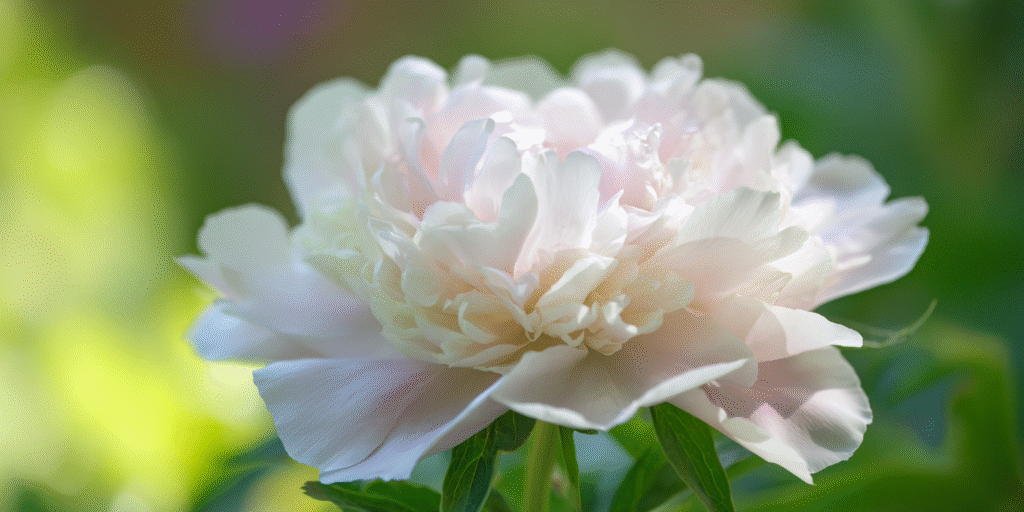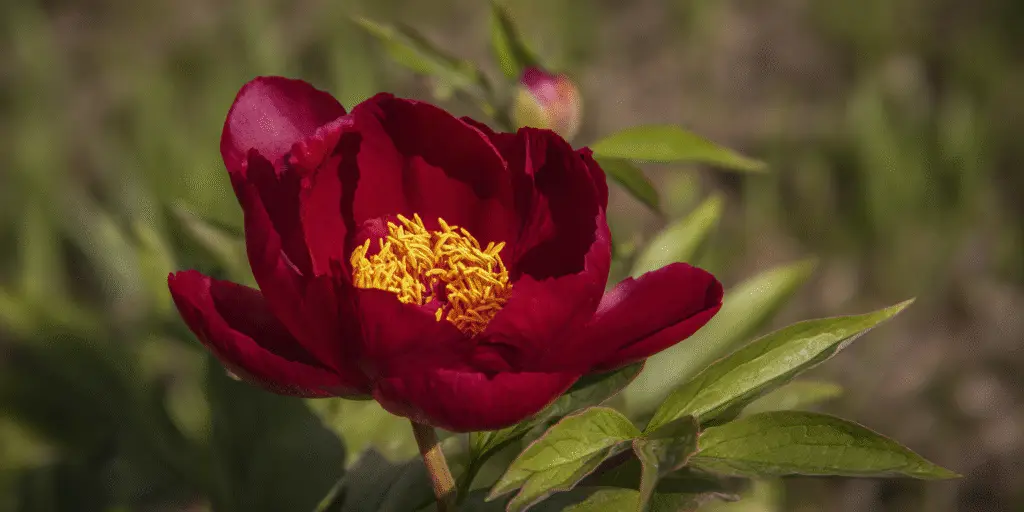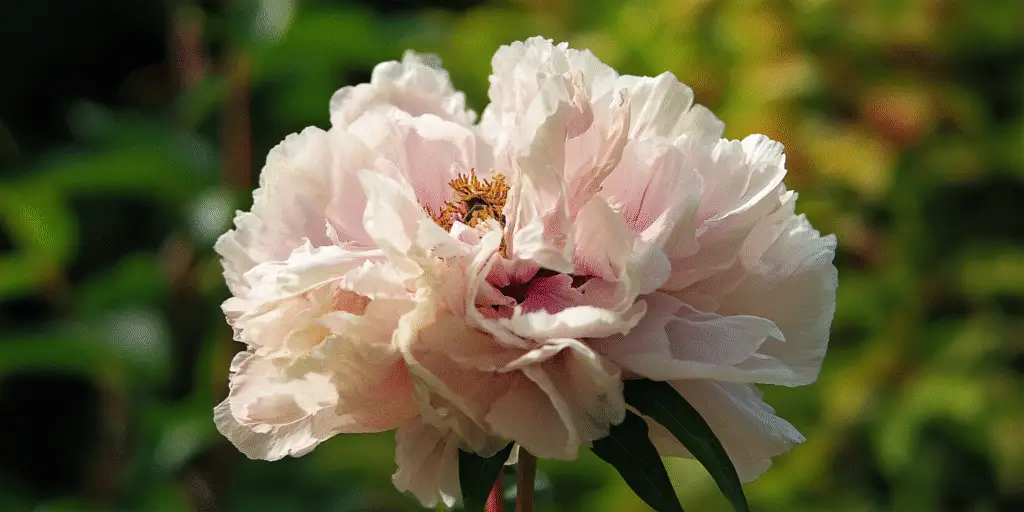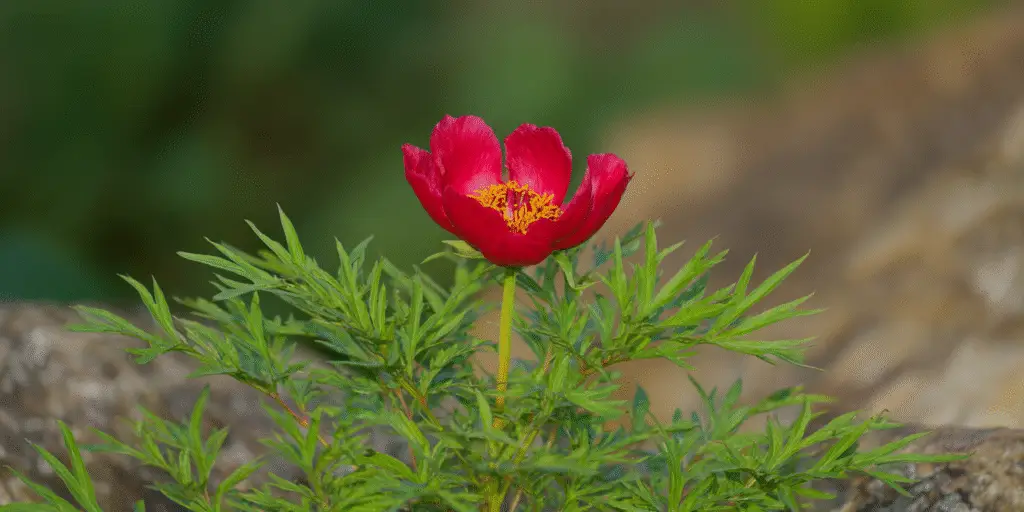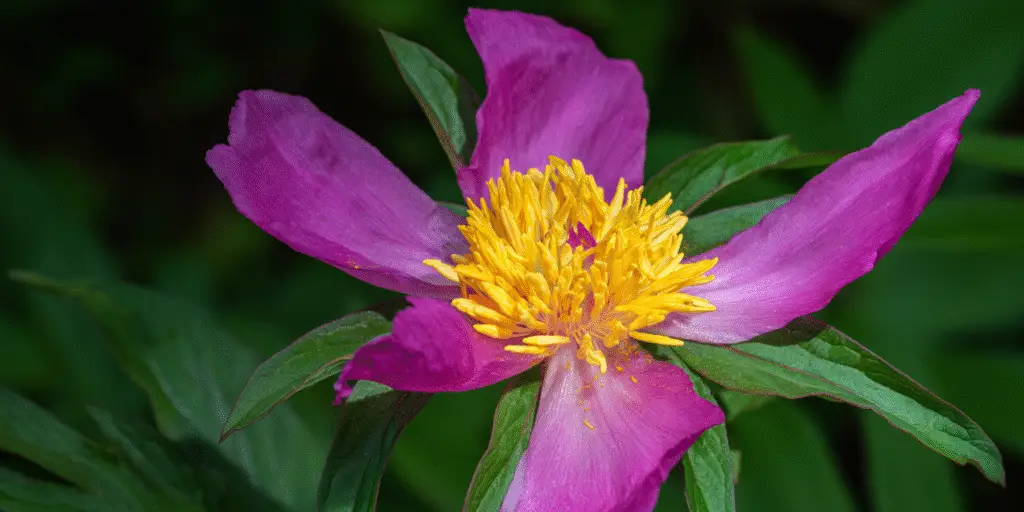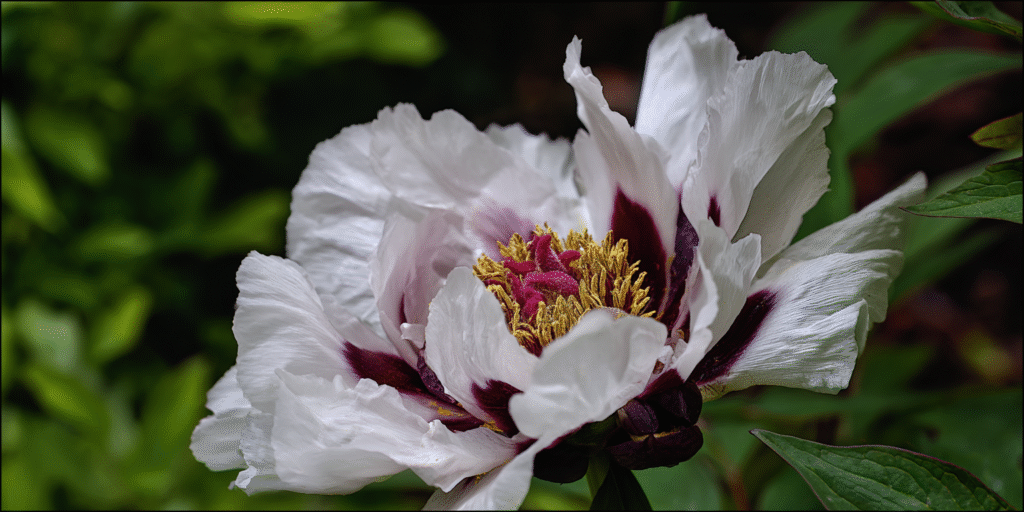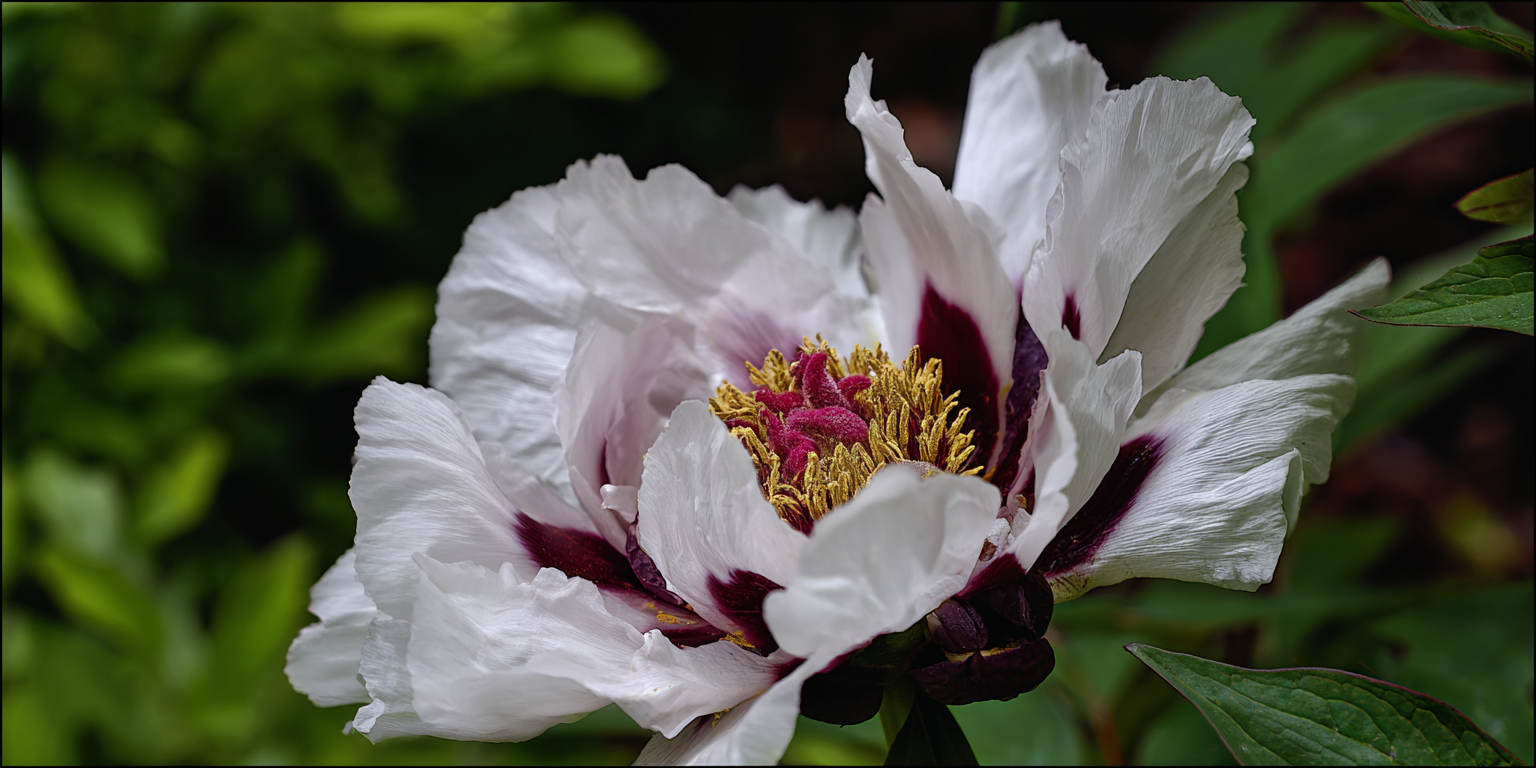
Paeonia rockii
Rock’s tree peony is a woody peony noted for large white to pale‑pink flowers marked with dark basal blotches.
It stands out for bold contrast in the petals and a graceful shrub form.
Plants perform best with morning sun and light afternoon shade, especially in hot summers.
Bloom is mid spring, ahead of most herbaceous peonies.
Shrubs are durable in well‑drained soils and open exposures with wind protection.
Fragrance is noticeable on many selections.
Do not cut the woody framework to the ground.
At‑a‑glance
- Group/Class: Tree peony (woody)
- Height × spread: 6–7 ft × 5–7 ft (1.8–2.1 m × 1.5–2.1 m)
- Bloom window: mid spring
- Color & flower form: white to pale pink with maroon basal blotches; semi‑double to single
- Fragrance: 2
- USDA hardiness: 4–8
- Origin: China
- Pet safety: avoid
How it differs
- Distinct dark blotches at petal bases set it apart from other tree peonies.
- Forms a larger shrub than typical herbaceous peonies.
- Blooms earlier than Chinese herbaceous peonies.
- Prefers light afternoon shade in hot regions.
Strengths
- Showy flowers with strong visual contrast.
- Hardy woody shrub for zones 4 to 8 when well sited.
- Long‑lived and architectural.
Care in one minute
- Site: morning sun with afternoon shade; shelter from strong winds.
- Soil: deep, fertile, well‑drained; neutral to slightly alkaline.
- Water: steady moisture in spring; less in summer once established.
- Feeding: light compost in early spring.
- Pruning: remove dead or crossing wood after bloom; avoid hard pruning.
- Winter: mulch soil lightly; do not cut stems down.
Watch‑outs
- Petals can scorch in hot, dry winds or intense afternoon sun.
- Avoid poorly drained soils.
- Remove any suckers from under the graft on grafted plants.
Best uses (tags)
specimen; woodland edge; mixed shrub borders; courtyard
Provenance note
Native to central Chinese mountains and a key parent of the Gansu group of tree peonies.
References
- Trees and Shrubs Online: Paeonia rockii
- Missouri Botanical Garden: Tree peony overview
- ASPCA: Peony toxicity (Paeonia spp.)
